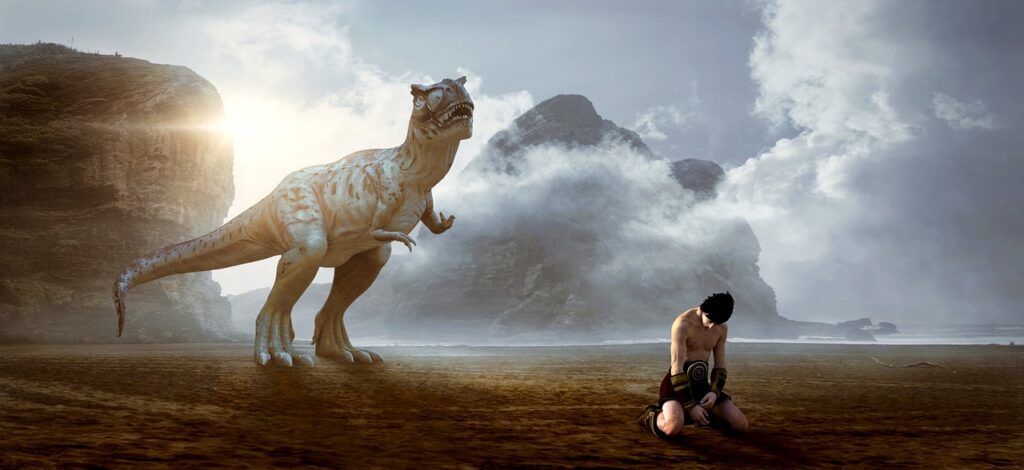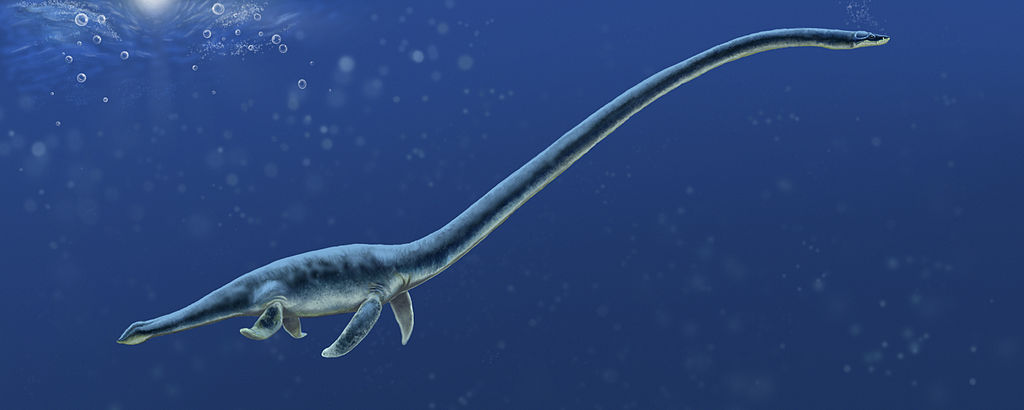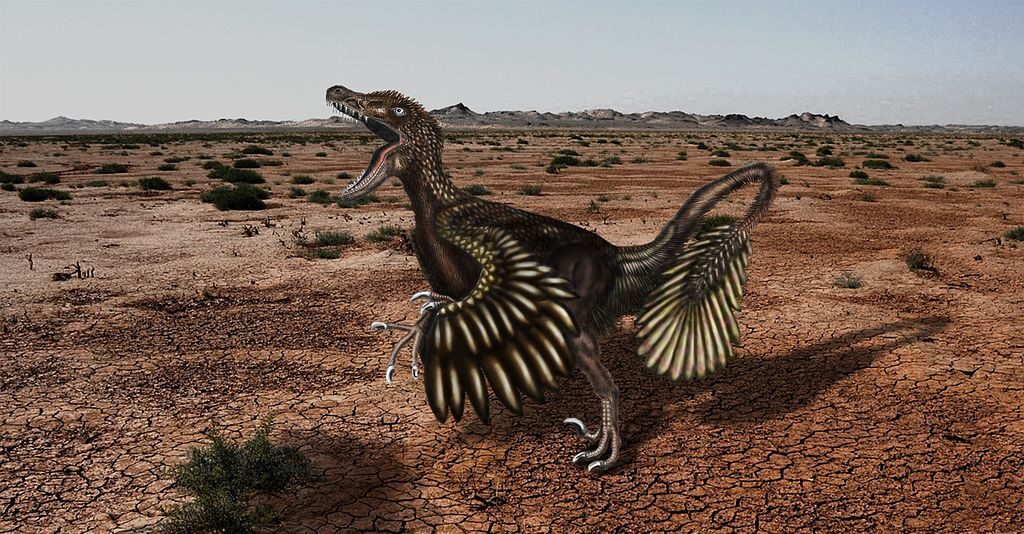Picture yourself walking through a steamy, prehistoric forest where massive ferns tower overhead and the ground trembles beneath thunderous footsteps. The air feels thick and humid, almost like breathing underwater. You pause, hearing a low growl echoing through the trees. This scenario raises a fascinating question that has captured imaginations for decades: could modern humans actually survive in the world of dinosaurs?
The answer is far more complex than you might expect. While Hollywood makes it seem like a thrilling adventure, the reality involves a deadly combination of atmospheric challenges, monstrous predators, and environmental hazards that would make survival extremely difficult. Yet surprisingly, science suggests it might not be entirely impossible.
The Oxygen Challenge You’d Face
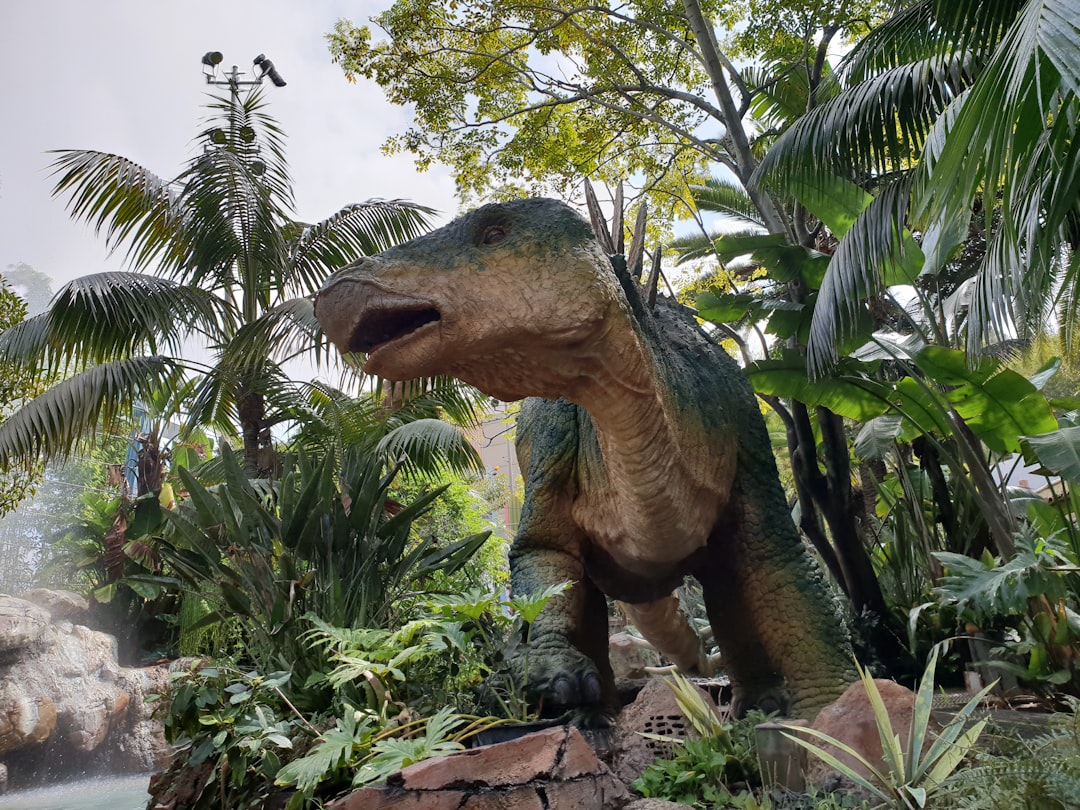
The atmospheric oxygen during the dinosaur era varied considerably, with levels often higher than today’s 21 percent, though some periods like the Triassic had lower levels around 16-19 percent. This would immediately create breathing difficulties for you. During periods of lower oxygen, the concentration might have been reduced, though many dinosaur periods actually had elevated oxygen levels.
The air at sea level would have felt like base camp at Mount Everest. Your body would struggle to get enough oxygen during any physical exertion. Running from a predator would leave you gasping and dizzy. However, creatures designed for sea level oxygen levels of 20 percent can survive a vacation to 6,000 meters and 10 percent oxygen levels with time to adjust.
Still, acclimatization would take weeks or months. During this vulnerable period, your reduced physical capabilities would make you easy prey.
The Fire Risk That Could End Everything
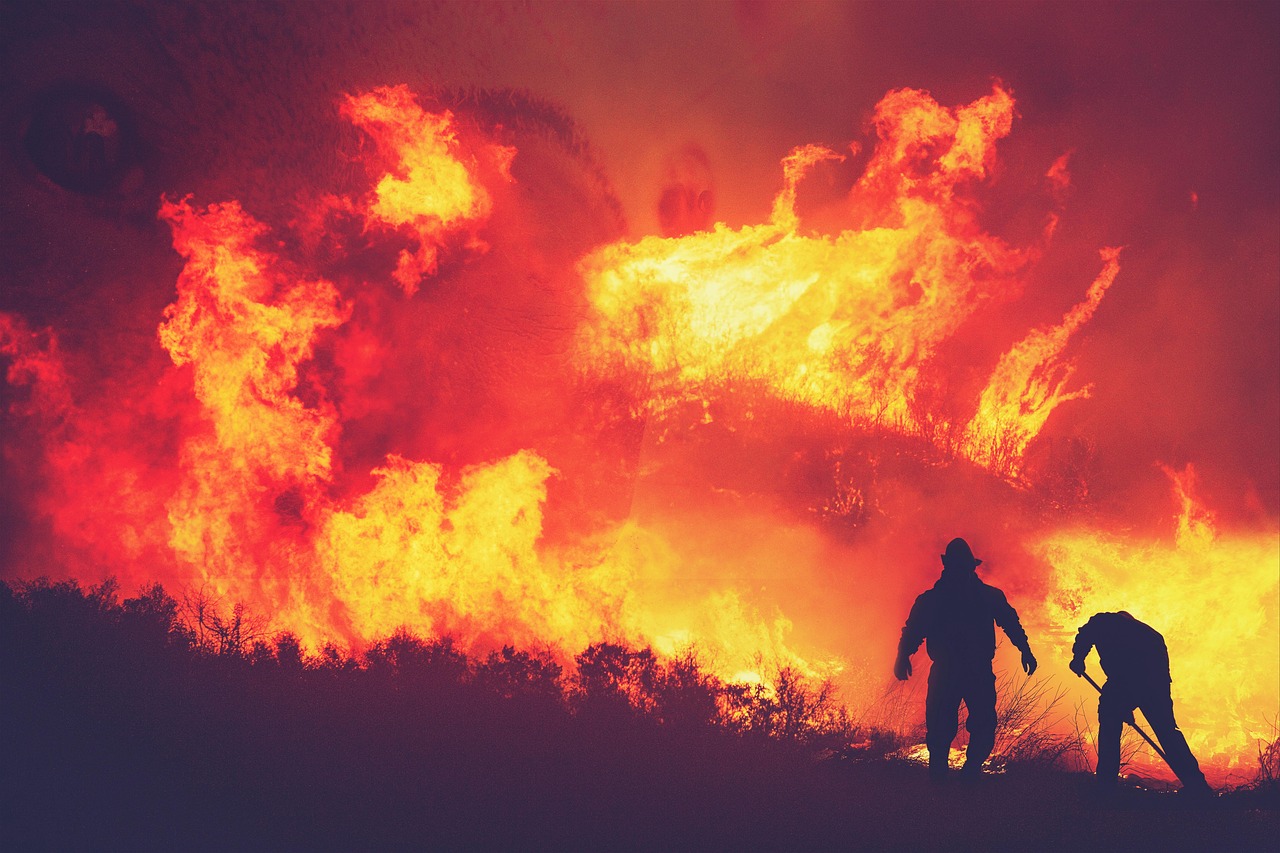
The dinosaurs apparently breathed air that was much richer in oxygen than our air and lived in forests and grasslands that were far more combustible than ours, with creatures literally turbo-charged like race cars by the oxygen enriched atmosphere. This creates a terrifying fire hazard you’d never considered.
The brown dead vegetable matter would provide excellent fuel in the oxygen rich atmosphere, where spontaneous combustion or lightning might trigger a fire that would spread over the brown landscape. A simple campfire could accidentally ignite an unstoppable wildfire. Even carrying matches would be incredibly dangerous.
Oxygen is present in incendiary quantities, so cigarettes and matches should only be used with great caution, flammable clothing shouldn’t be worn, and camp fires must never be left unattended. You’d essentially be living in a world-sized tinderbox.
Meeting the Ultimate Predators
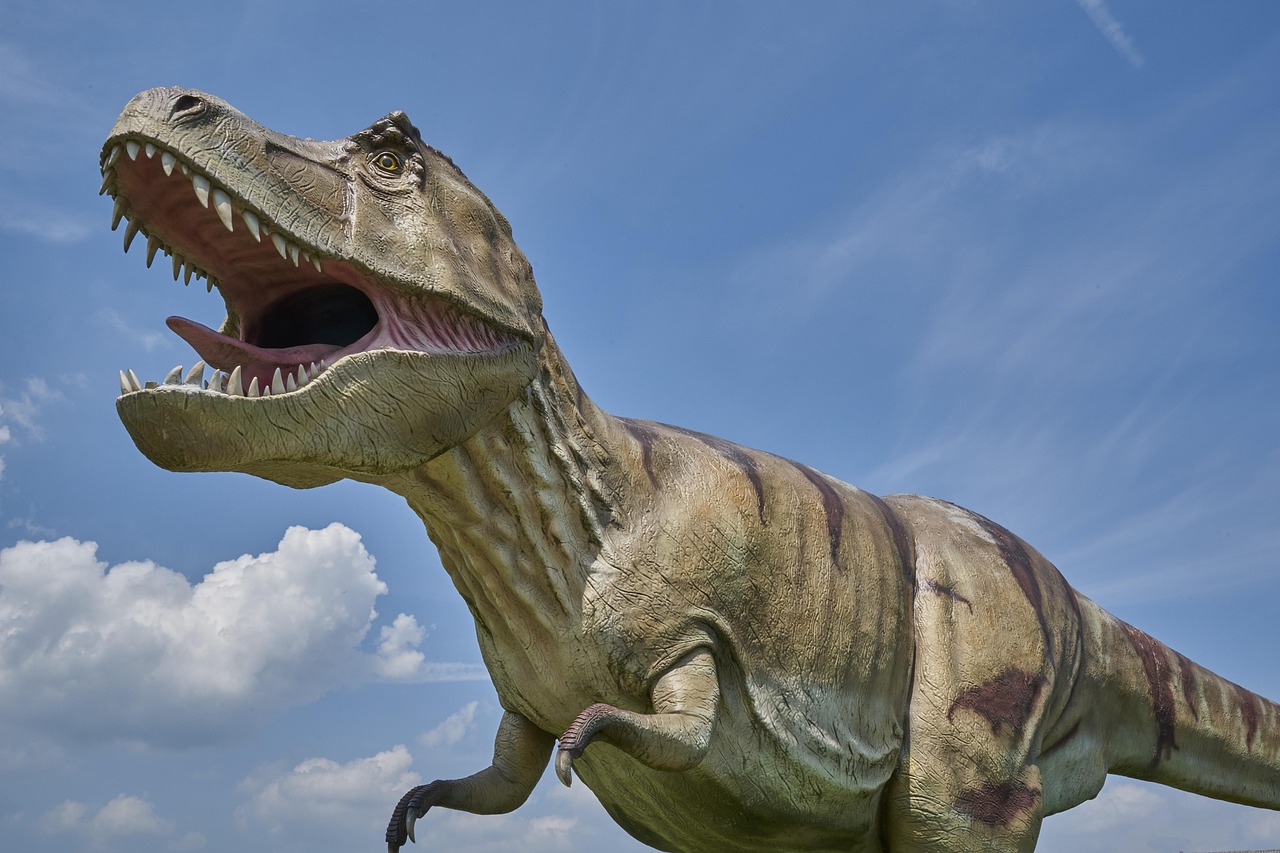
T. rex could reach up to 12 meters in length and weigh as much as 8 metric tons, with giant skulls reaching 1.52 meters in length and a bite force up to 114 times stronger than most humans. Encountering one would mean facing the strongest bite force of any land animal that ever lived.
Weighing around 9 tons and standing about 12-13 feet tall at the hips, T. rex hunted during the Late Cretaceous period and was fast enough to catch prey, even large herbivorous dinosaurs, making it an unstoppable force. Your only hope would be hiding or finding elevated ground it couldn’t reach.
During the reign of theropods, essentially all other animals were on the menu, including fish, mammals, lizards, pterosaurs, and other dinosaurs of all shapes and sizes, with discoveries of large carnivorous dinosaurs capturing minds and imaginations worldwide. You’d be nothing more than a small snack to these apex predators.
Facing the Armored Herbivores
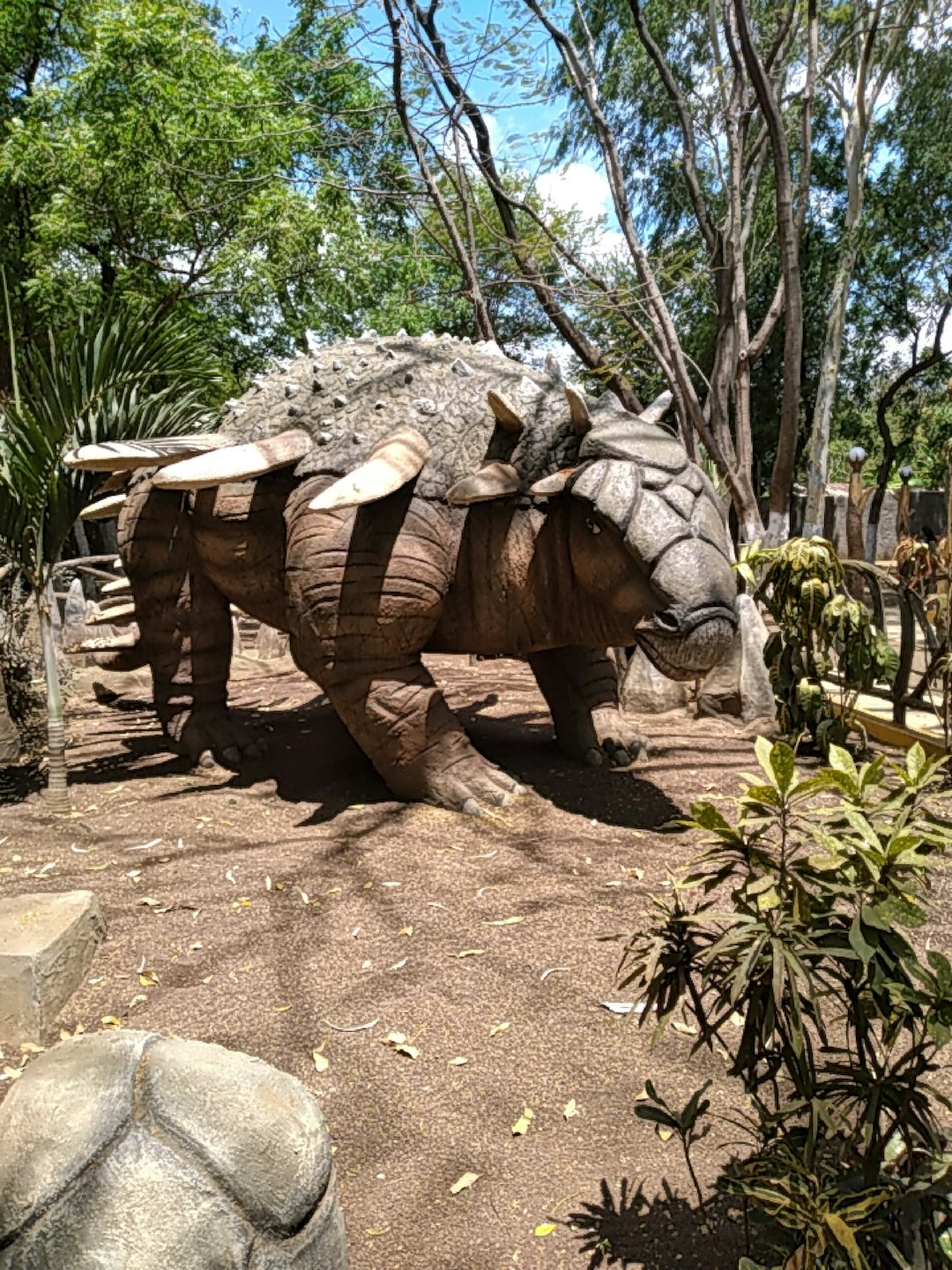
Ankylosaurus was essentially a living tank covered with armored plates from head to tail, including its eyelids, weighing 4-6 tons with a terrifying bony club sprouting from its tail that could swing like a wrecking ball. Even plant-eaters posed mortal threats.
The greatest rivalry of the Cretaceous was Triceratops versus Tyrannosaurus rex, with Triceratops weighing more than two elephants and sporting imposing horns a foot wide at their base that tapered into mean points capable of skewering a T-Rex. Approaching what looks like a peaceful grazing animal could prove fatal.
Many dinosaur species protected themselves with defensive horns, plates, spikes, and clubs that were formidable and occasionally deadly, with some Allosaurus specimens showing fatal wounds from Stegosaurus tail spikes. You’d need to treat every dinosaur, regardless of diet, as potentially lethal.
The Pack Hunters That Would Stalk You
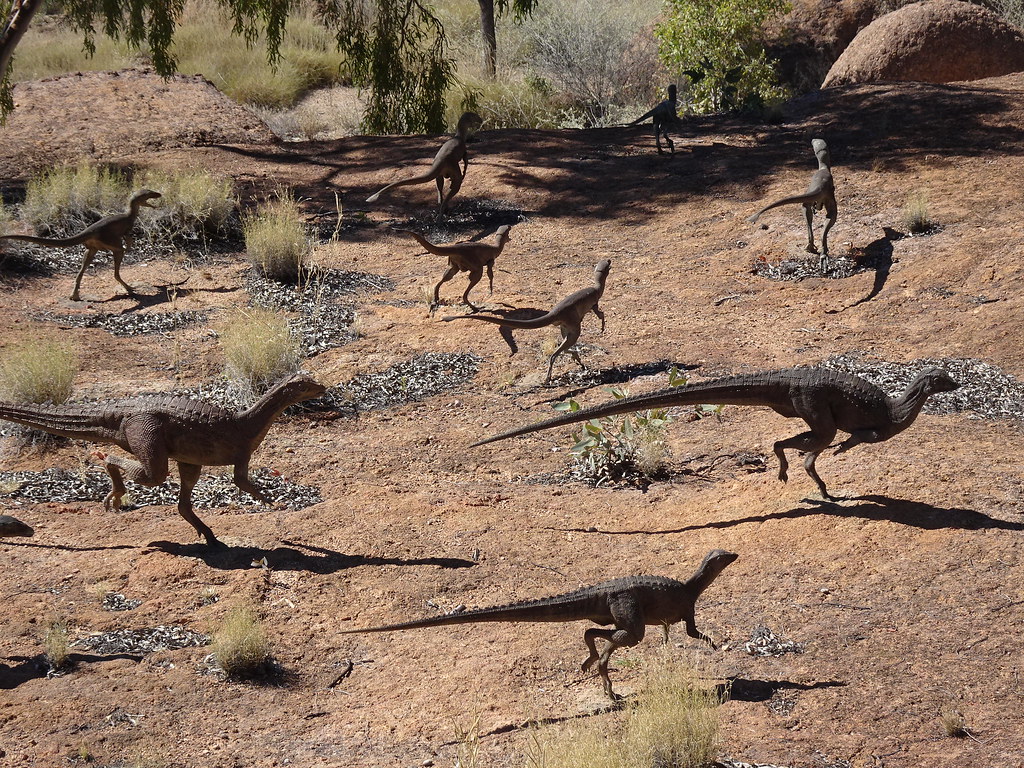
Velociraptors hunted in packs, using their speed and sharp claws to take down prey much larger than themselves, with their intelligence and cooperative hunting style placing them high on the list of most dangerous dinosaurs. These weren’t the giant movie monsters, but they were far more terrifying as coordinated pack hunters.
Utahraptor was the largest of the raptor family with a body length of about 20 feet, using large claws on its feet to slash prey and likely hunting in packs during the Early Cretaceous period with intelligence and ferocity making it one of the scariest raptors. Even the smaller raptors would view you as perfect prey.
You’d need to constantly watch for coordinated attacks. These weren’t mindless beasts but intelligent predators capable of complex hunting strategies that could easily outsmart an isolated human.
The Climate That Would Overwhelm You
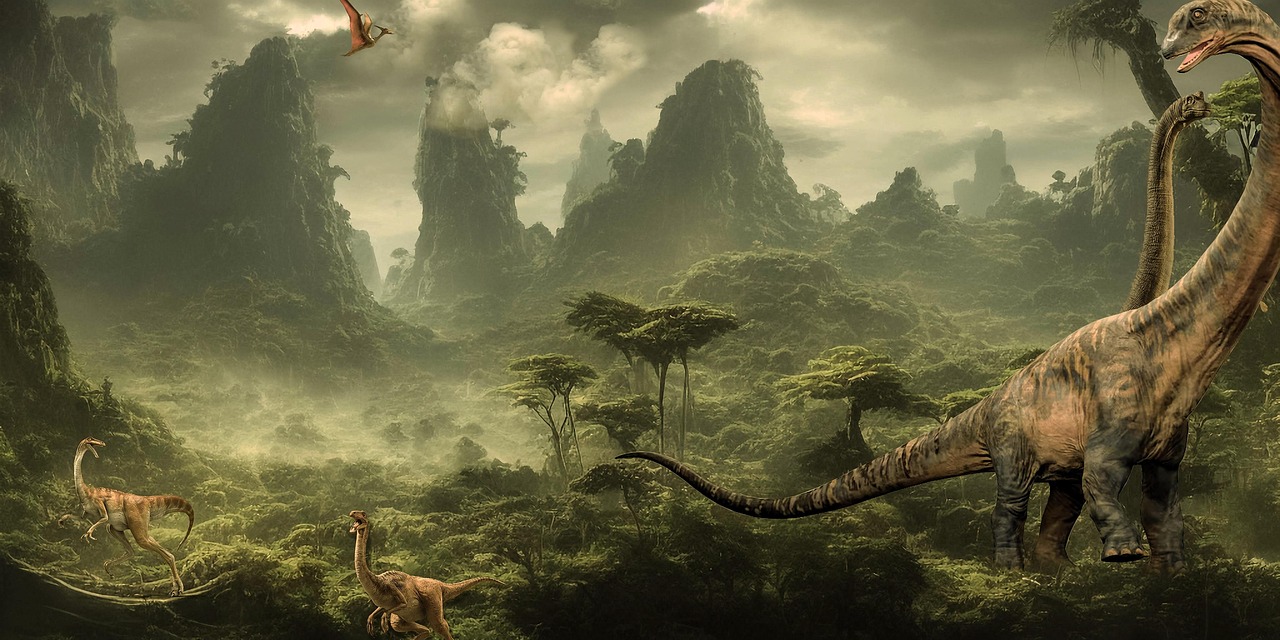
Earth’s climate during the Mesozoic Era was generally warm, with less difference in temperature between equatorial and polar latitudes than there is today. Humans adapted to moderate climates would need advanced technology to survive the sweltering heat and humidity, comparable to taking people from Scandinavia and making them live on the equator in the middle of the Amazon.
Tropical conditions are also the best incubator environments for infections and bacteria, leading to a new range of strange diseases and illnesses. The constant heat would drain your energy while creating perfect breeding conditions for pathogens your immune system has never encountered.
There were warmer and more stable climates during the Mesozoic, with continents drifting toward their present locations. You’d face relentless heat with no seasonal relief or cooler regions to escape to.
The Food Crisis You Couldn’t Solve
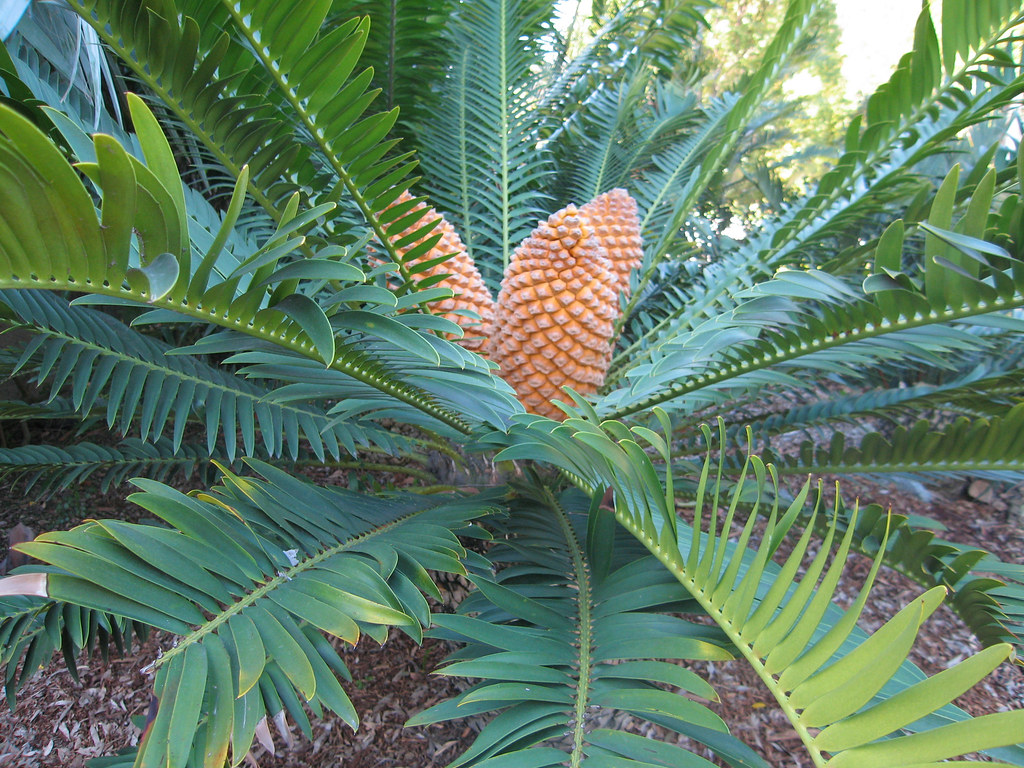
The plant life of the Mesozoic era was dominated by gymnosperms like cycads, conifers, and ferns, which might not provide the same nutritional value as modern crops, creating significant challenges in farming and foraging without adapting to this unfamiliar flora. Your agricultural knowledge would be useless.
Flowering plants had only just started to appear and almost all food crops we eat today hadn’t evolved yet, restricting you to pine nuts and a few edible tubers, with most diet probably consisting of insects where 90 percent were varieties of cockroach. The thought of surviving on cockroaches for months would be psychologically devastating.
You’d struggle to identify safe plants while avoiding toxic ones. Without modern crops, maintaining proper nutrition would become increasingly difficult, weakening your ability to escape predators.
The Disease Nightmare Awaiting You
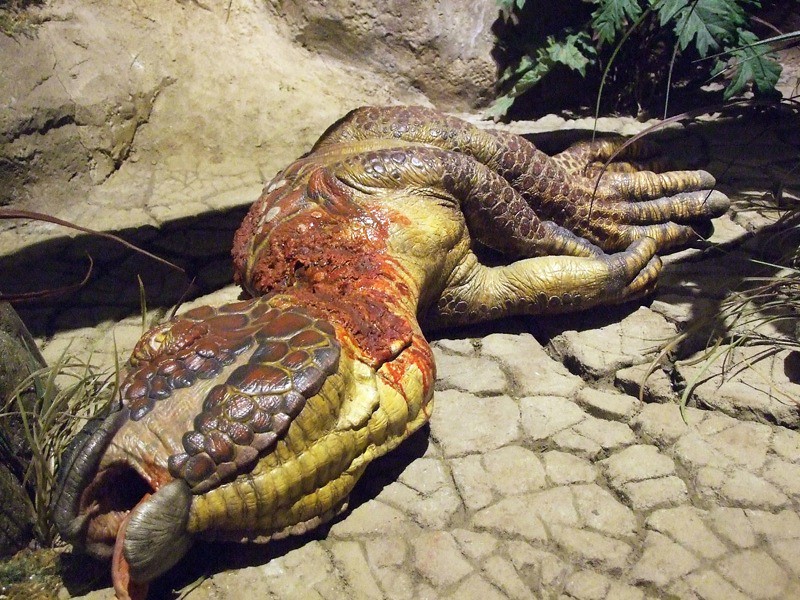
Humans and dinosaurs would have co-evolved with entirely different pathogens, where cross-species disease transmission could have devastating consequences, with zoonotic diseases adapted to dinosaurs potentially infecting humans with catastrophic results while humans’ relatively fragile immune systems might struggle against diseases originating from such ancient creatures.
There’s also the risk of a dinosaur-born super virus equivalent to the bubonic plague, and if such an illness were to develop in a dinosaur species and transfer to humans, we wouldn’t have the technology to stop it, with immunity development likely coming at the cost of many lives. You’d be a walking biological disaster waiting to happen.
The warm, humid climate would accelerate the spread of pathogens while your immune system battles completely foreign diseases. Without modern medicine, even minor infections could prove fatal.
Your Realistic Survival Odds
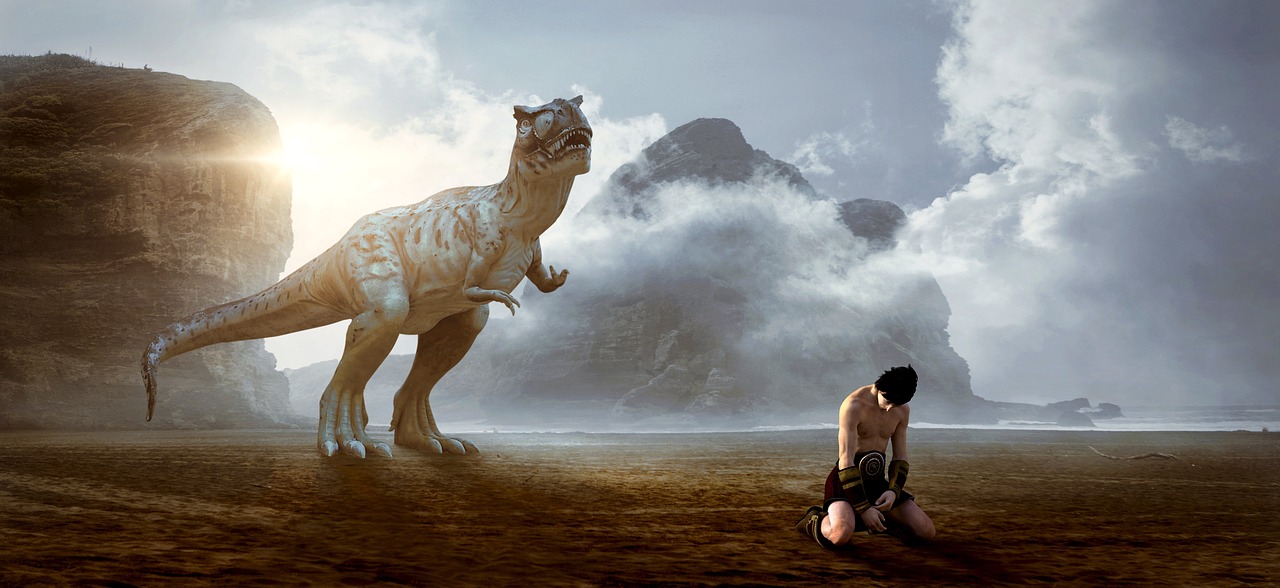
Even with extremely high atmospheric CO2 levels that were recorded during the Age of Dinosaurs, humans could potentially survive thanks to technological advancements rather than evolution, but with high rates of climate change there would be significant social disruptions due to limited food and water resources, meaning our species could theoretically survive but probably would not be living our best lives.
The air would be breathable and most fauna would have similarities to what we see on earth, with long term survival chances being good if they can find a source of food, water, shelter, and are able to escape the prey. However, this optimistic assessment doesn’t account for the cumulative challenges.
Honestly, your chances would be extremely slim. The combination of oxygen deficiency, fire hazards, massive predators, climate stress, food scarcity, and disease exposure creates a nearly impossible survival scenario. You might last days or weeks, but long-term survival would require incredible luck and resourcefulness.
The Age of Dinosaurs was a magnificent but merciless world where humans simply weren’t meant to exist. While we can marvel at these creatures from the safety of museums and movies, actually living among them would likely be a short and terrifying experience. What do you think would be your biggest challenge? Tell us in the comments.

